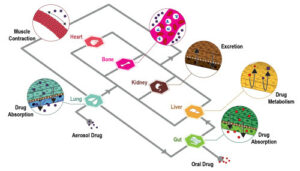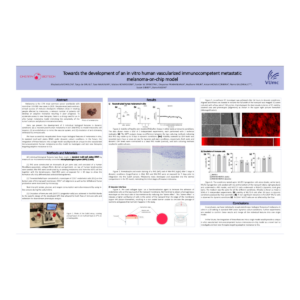SCIENTIFIC POSTER —
Adipose tissue organoid model from stromal vascular fraction
Mathilde Cadoux, PhD; Emilie Ouanounou; Ghofrane Ben Messaoud; Hadhemi Mejri; Julius Elliot Nyegaard Grothen, PhD; Thomas Askov Pedersen, PhD; Dario Fassini, PhD
With more than 420 million Type 2 diabetes cases worldwide (expected to reach 1 Billion by 2030), and around 900 million obese patients in the world (expected to double by 2030), those two pathologies combined are considered the next pandemic by WHO and other health institutes.
To quickly develop new efficient treatments, new human-like models are needed. This study entitled “Adipose tissue organoid model from stromal vascular fraction” offers an innovative in vitro model to replicate the complexity of adipose tissue. By using stromal vascular fraction (SVF) isolated from human adipose tissue, we propose an alternative and human physiologically relevant in vitro model.
The results using our CubiX for dynamic 3D organoids culture have shown:
- Improve the viability of the organoids (no necrotic core) vs static culture conditions
- Preserve the viability and inclusion of endothelial cells (higher degree of physiology)
- Increase the overall lipid content (pathology mimicking)
In this study, CubiX has enabled precise control of oxygen, nutrients, and flow, supporting the advancement of more refined and reliable in vitro organoid models.
The poster, title: Adipose tissue organoid model from stromal vascular fraction – is free to download here. Don’t miss out!






